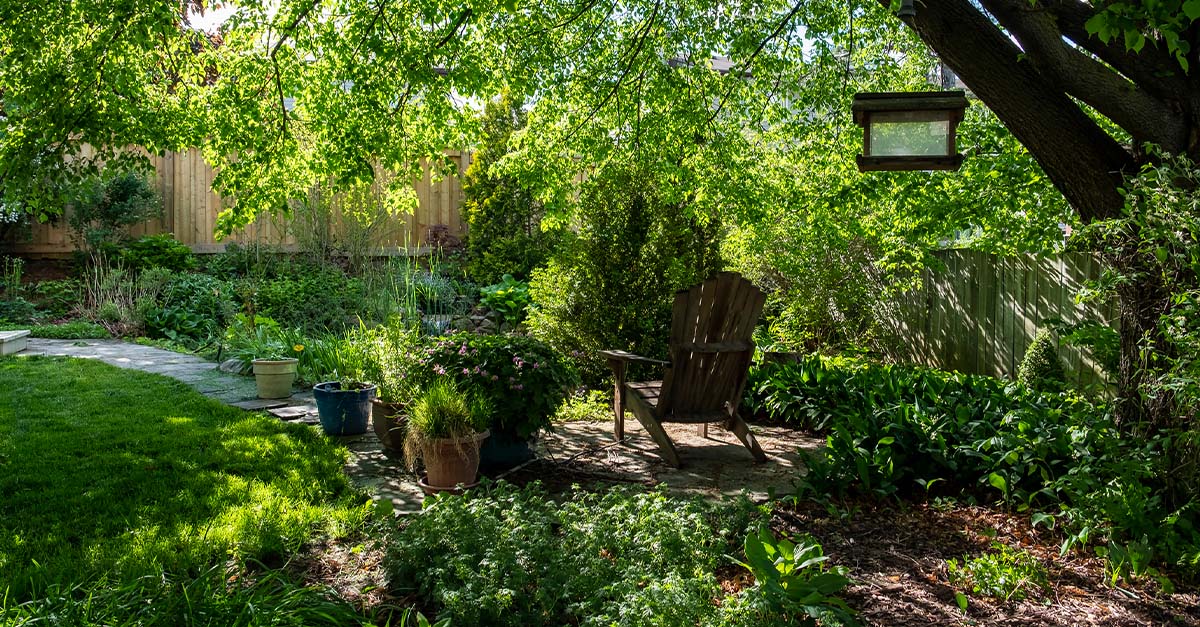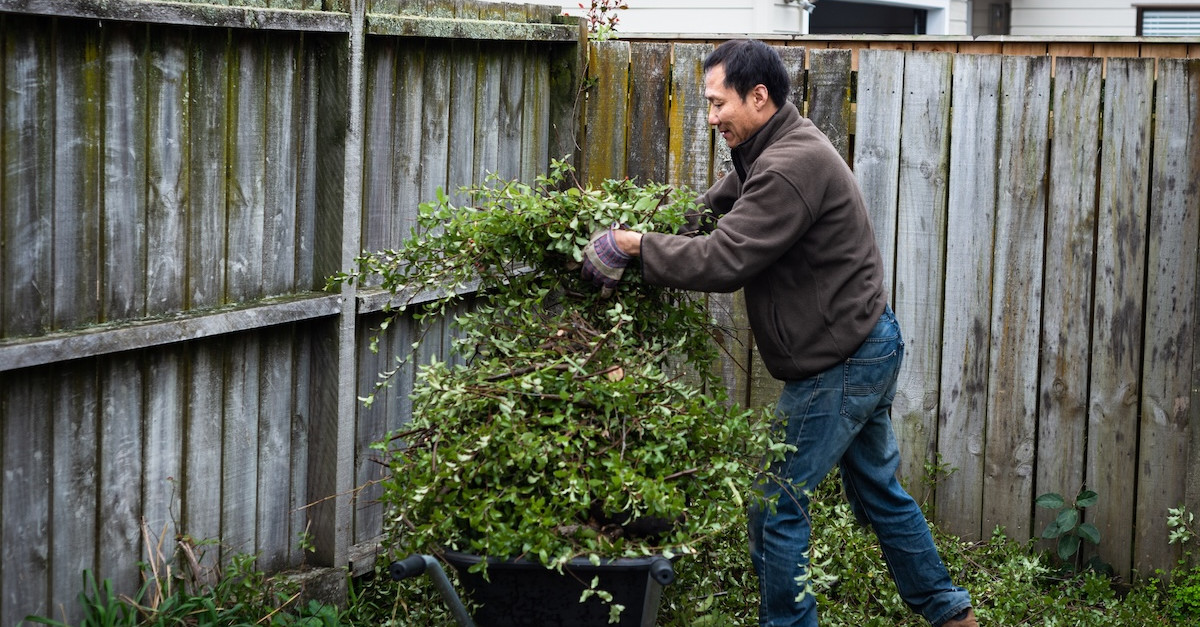Best Trees for Year-Round Shade and Privacy
It’s a conundrum many homeowners have encountered: the tree that offered plenty of privacy or shade in the warm weather suddenly leaves gaping holes when bare-branched and skeletal. The cooler months come around, and your property is on full display where it was once cloaked by thick foliage. If this situation sounds familiar, we have the solution for you: a list of the best trees for privacy and shade, no matter the season.
Best Trees for Privacy in Georgia Year-Round
Arborvitae
There’s a reason the arborvitae has earned a reputation for being the best tree for privacy. With their neat, conical shape and rapid growth, these evergreens make for the perfect hedges. Leave enough space between each as you plant them, since they can spread ten to 15 feet wide. One species we love is the Green Giant, which lives up to its name with a mature height of up to 40 feet.
Japanese Cedar
Known for its fragrant wood, the Japanese cedar is an excellent privacy screen. Most will grow 30 to 40 feet tall with a spread of 15 to 20 feet, but especially well-maintained trees could become even larger. Tight quarters could leave these trees susceptible to leaf blight, so aim for ample air circulation by spacing them out adequately.
Spiny Greek Juniper
With dense, spiky foliage, the spiny Greek juniper forms a fantastic natural barrier. Reaching 15 feet at maturity, it’s shorter than some other privacy trees, making it manageable for most homeowners to prune on their own.
Leyland Cypress
Another species ideal for forming hedges, leyland cypress trees can reach heights of 60 to 70 feet with a width of up to 15 feet. Fast-growing and large, you’ll want to leave these trees well enough away from any property lines, as they can quickly encroach on nearby structures. Space them at least ten feet apart, even if you’re creating a hedge.
Year-Long Sources of Shade
Many areas of Georgia see high temperatures year-round, so it makes sense if you’re craving shade well beyond the spring and summer. Keep your property cool through every season with these perennial shade-throwers.
Weeping Willows
Breathtaking and immediately recognizable, willows are deciduous trees with small, flexible branches that descend the trees’ length, creating a waterfall effect. While they can deliver year-round shade from their soaring heights, be mindful of placement: their root system spreads far and wide, so plant them far away from utility lines and other underground structures.
Southern Magnolia
The Southern Magnolia can grow up to 80 feet tall, offering year-round shade. While it will drop some old leaves during spring and summer, its large canopy will continue to provide cooling effects. The magnolia’s large, leathery leaves are accented by the creamy-white flowers, which typically bloom in the same seasons.
Southern Live Oak
With majestic limbs and heights of up to 50 feet, the southern live oak is unique in the fact that it retains its leaves through the winter, unlike most other oaks. Its canopy can span up to 100 feet wide, so expect lots of shade on warm afternoons no matter the season. The official state tree of Georgia, the southern live oak has an extensive root system that calls for ample space.
To grow to their fullest potential, many of the trees on this list need strategic trimming to ensure healthy branches have a chance to thrive. For professional pruning and trimming services performed by experienced tree specialists, turn to Premier Tree Solutions. Schedule an appointment by calling 404.252.6448, or contact us online.
As an Amazon Associate, Premier Tree Solutions earns from qualifying purchases.







